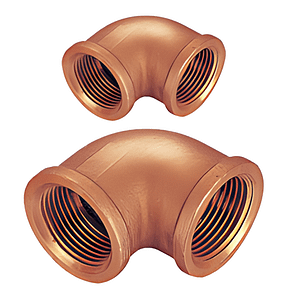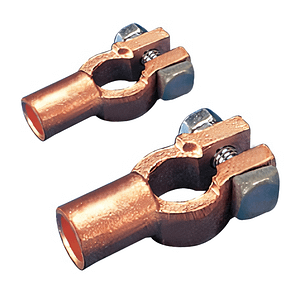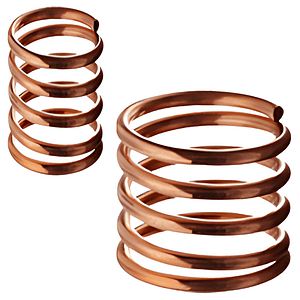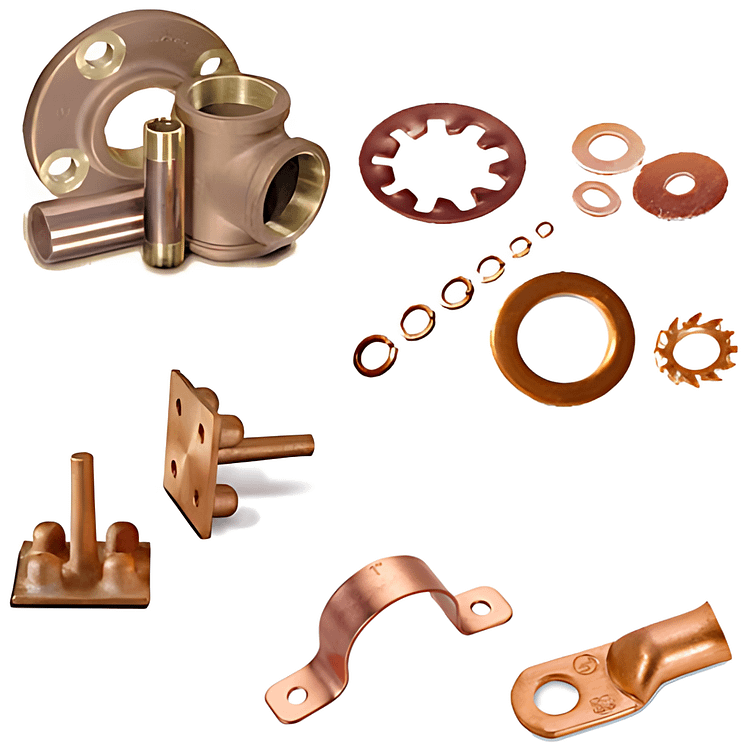

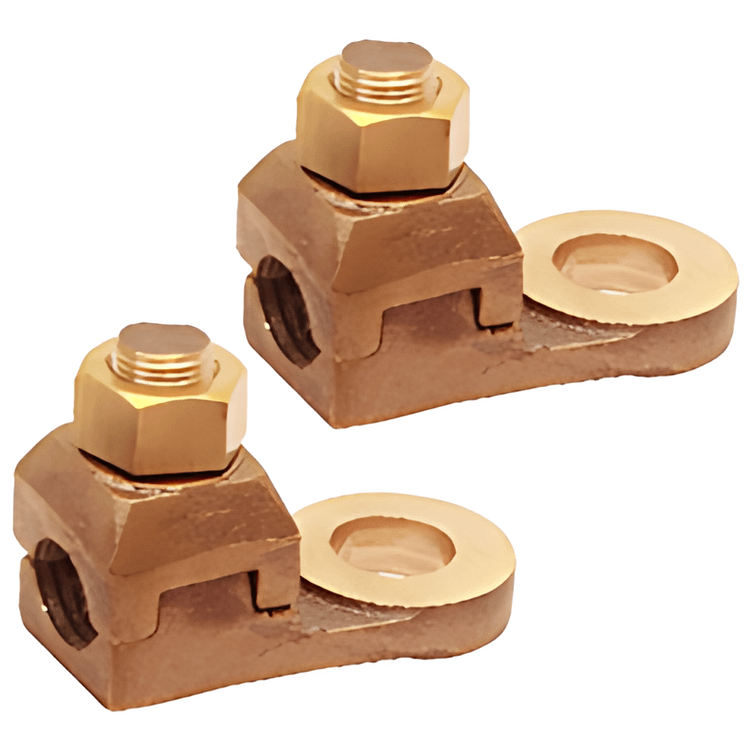
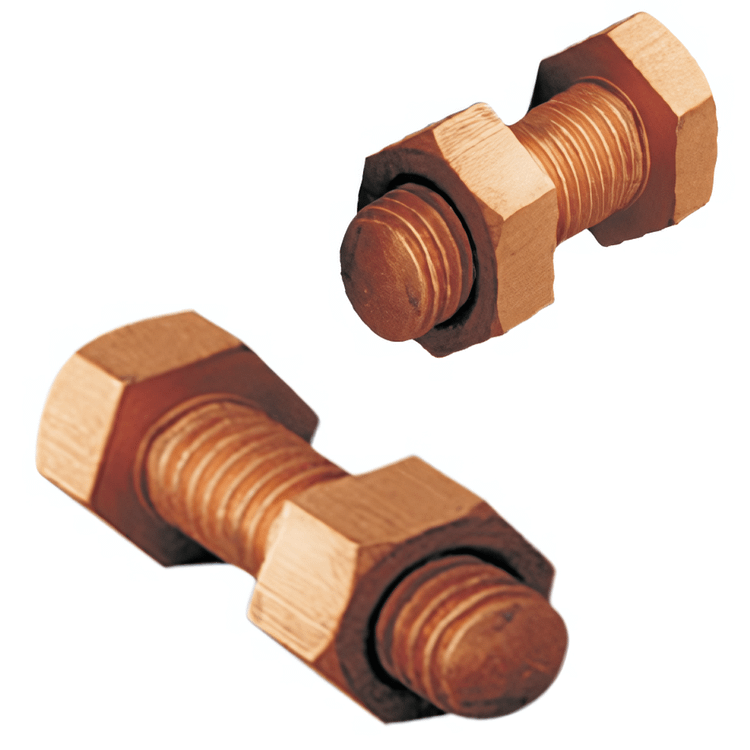
Copper Parts & Components
Copper parts and components are integral to various industries due to their excellent electrical and thermal conductivity, corrosion resistance, and malleability. These characteristics make copper a versatile material for manufacturing a wide range of products. Here’s a closer look at the key aspects and benefits of copper parts and components.
Exceptional Conductivity
One of the most significant advantages of copper is its superior electrical conductivity, which is second only to silver. This makes copper parts essential in electrical and electronic applications, including wiring, connectors, and circuit boards. Copper’s efficient conductivity ensures minimal energy loss, making it ideal for power distribution systems.
Thermal Management
Copper’s excellent thermal conductivity allows it to dissipate heat efficiently, which is crucial in applications such as heat exchangers, radiators, and cooling systems. Copper components are widely used in HVAC systems, electronics cooling solutions, and automotive radiators to manage and regulate heat effectively.
Corrosion Resistance
Copper is naturally resistant to corrosion, especially in atmospheric conditions and seawater. This property makes copper parts suitable for marine applications, plumbing systems, and outdoor installations. The corrosion resistance ensures longevity and reliability, reducing maintenance needs and extending the lifespan of the components.
Malleability and Machinability
Copper’s malleability and ease of machining allow manufacturers to create complex shapes and intricate designs. This flexibility is beneficial for producing custom parts and components that require precise dimensions and fine detailing. Copper can be easily formed, cut, and joined, making it a preferred material in various manufacturing processes.
Versatility in Applications
Copper parts and components are used in a broad range of industries, including electrical and electronics, plumbing, HVAC, automotive, and construction. From electrical connectors and circuit board components to plumbing fittings and architectural elements, copper’s versatility supports a wide array of applications.
Health and Safety
In plumbing and water supply systems, copper’s natural antimicrobial properties help inhibit the growth of harmful bacteria, contributing to safer and cleaner water. This makes copper pipes and fittings a popular choice in residential and commercial plumbing installations.
Aesthetic Appeal
Copper’s distinctive reddish-brown color and ability to develop a green patina over time add aesthetic value to decorative and architectural applications. Copper components are often used in roofing, cladding, and ornamental designs to enhance the visual appeal of buildings and structures.
Sustainability
Copper is a sustainable material due to its recyclability. Recycled copper retains its properties and can be reused in new applications, reducing the demand for virgin copper and minimizing environmental impact. The recycling process also consumes less energy compared to producing new copper from ore.
Conclusion
Copper parts and components offer a combination of excellent conductivity, thermal management, corrosion resistance, and versatility, making them indispensable in various industries. Their durability, ease of fabrication, and aesthetic appeal further enhance their value in both functional and decorative applications. As a sustainable and reliable material, copper continues to play a crucial role in advancing technology and improving the quality of life across multiple sectors.

